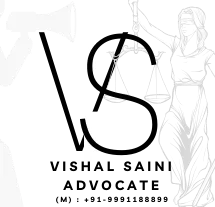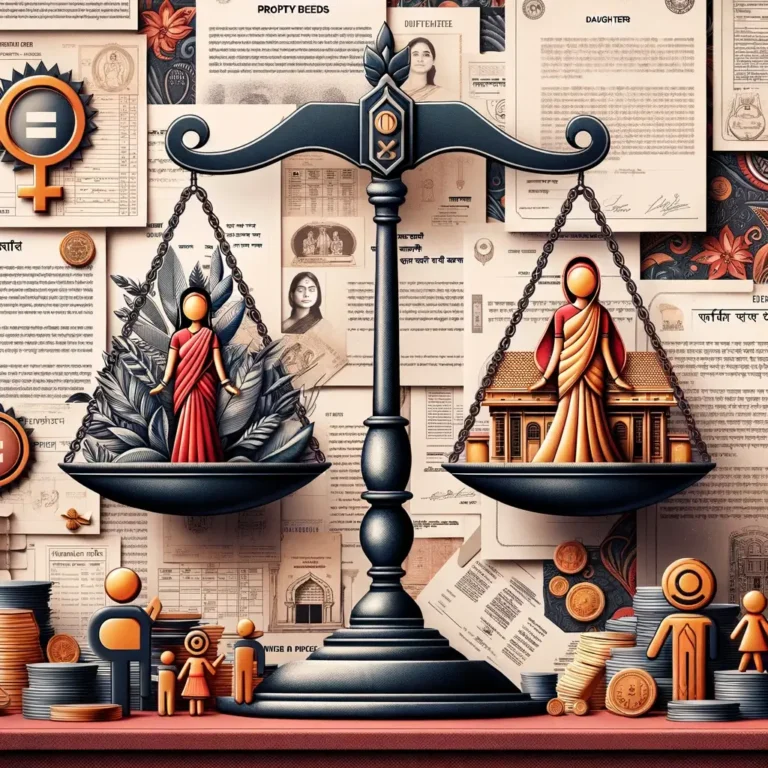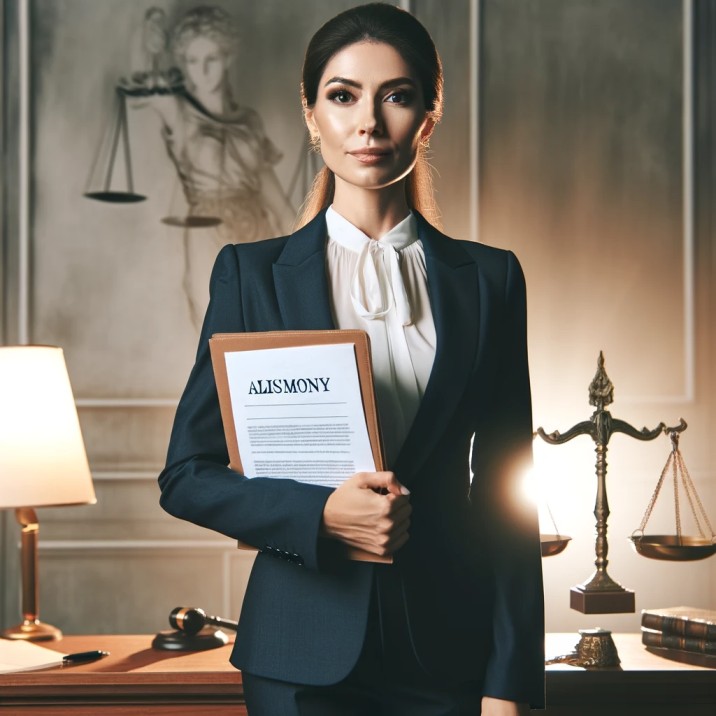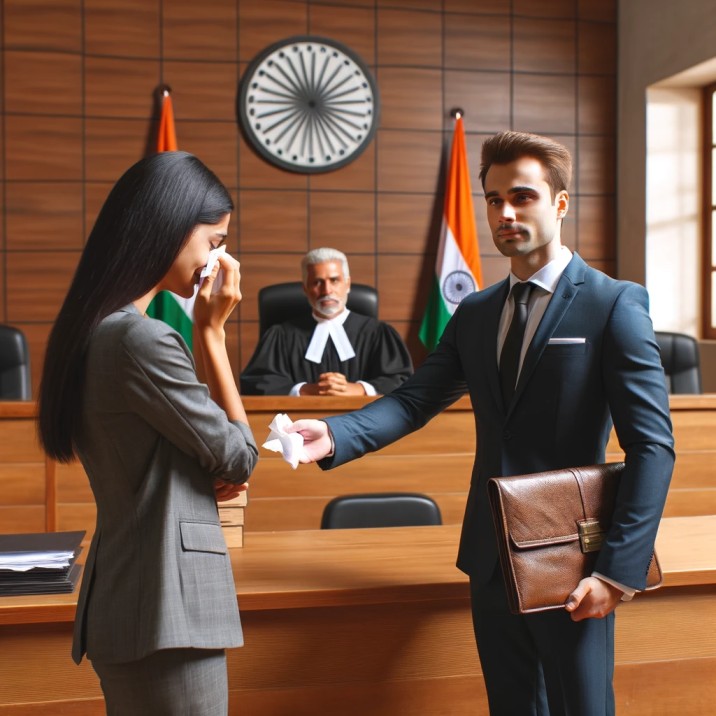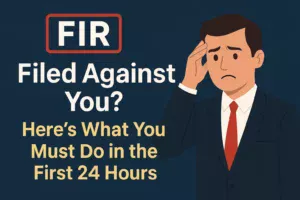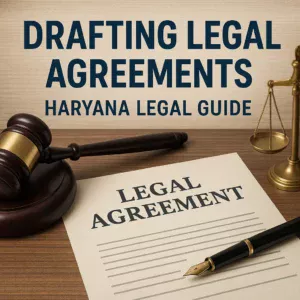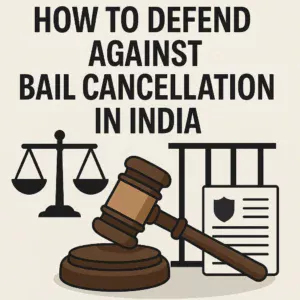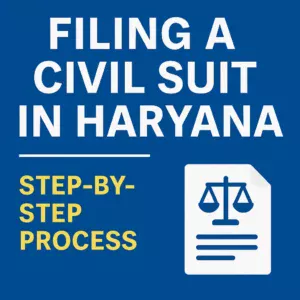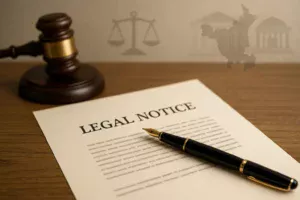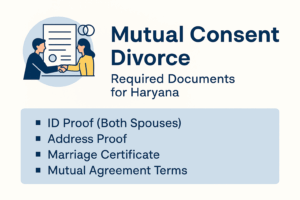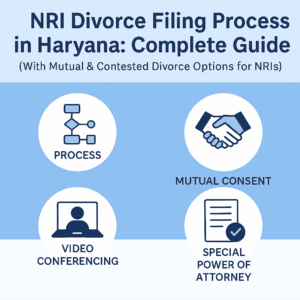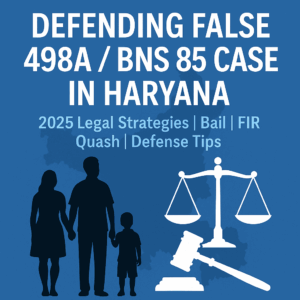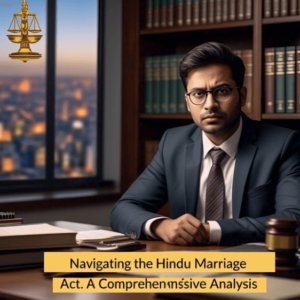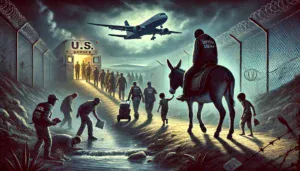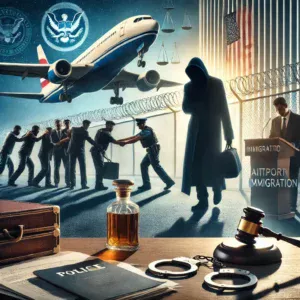Legal Rights and Protections for Trafficked Women and Girls in India
Introduction to Human Trafficking in India
Human trafficking is a grave issue that plagues societies across the globe, and India is no exception. Women and girls, in particular, are vulnerable to trafficking for purposes such as forced labor, sexual exploitation, and other forms of abuse. Recognizing the severity of this problem, India has implemented several laws and policies aimed at providing legal rights and protections for trafficked women and girls. This article delves into these legal frameworks, offering insights into how they work to combat trafficking and assist victims in reclaiming their lives.
Understanding Human Trafficking
Definition and Scope
Human trafficking involves recruiting, transporting, transferring, harboring, or receiving persons through the use of force, fraud, or coercion for the purpose of exploitation. Women and girls are disproportionately affected, finding themselves trapped in situations that grossly violate their basic human rights.
The Magnitude of the Problem in India
India, with its vast population, faces significant challenges in combating human trafficking. The country serves as a source, destination, and transit point for traffickers, making the issue complex and widespread.
Legal Framework in India
India has established a robust legal framework to address human trafficking, protect victims, and prosecute perpetrators. These laws provide a foundation for the protection of trafficked women and girls.
The Indian Penal Code (IPC)
The IPC includes several sections that criminalize acts of human trafficking. Section 370 and 370A, for instance, explicitly address trafficking, prescribing stringent punishments for those found guilty of such offenses.
Protection of Children from Sexual Offences (POCSO) Act, 2012
While focused on children, the POCSO Act is crucial in protecting girls under the age of 18 from sexual exploitation, which is often a component of trafficking. It provides for the establishment of Special Courts for the trial of such offenses, ensuring speedy justice.
The Immoral Traffic (Prevention) Act, 1956
Originally designed to combat commercial sexual exploitation, this Act has been instrumental in identifying and rescuing trafficked women and girls forced into prostitution. It emphasizes rehabilitation and provides legal tools for the prosecution of traffickers.
Support and Rehabilitation Measures
Recognizing that legal protection must be accompanied by support and rehabilitation, the Indian government and various NGOs offer numerous services to assist trafficked women and girls in their recovery.
Rehabilitation Programs
Programs aimed at rehabilitation focus on providing shelter, counseling, medical care, legal assistance, and vocational training to help victims reintegrate into society and regain independence.
Victim Protection and Witness Assistance
The legal process can be daunting for trafficked victims. Hence, the law provides for the protection of victims and witnesses to encourage them to testify against their traffickers without fear of retaliation.
Challenges and the Way Forward
Despite these measures, challenges such as underreporting, lack of awareness, and the need for more effective implementation of laws persist. Strengthening the legal framework, increasing public awareness, and improving coordination among various stakeholders are crucial steps toward eradicating human trafficking in India.
Conclusion
The fight against human trafficking in India is ongoing, with legal rights and protections for trafficked women and girls at its core. While the legal framework provides a solid foundation, its success hinges on effective enforcement, comprehensive support services, and the collective efforts of society. Empowering women and girls, raising awareness, and fostering collaboration among government entities, NGOs, and communities are vital to ensuring a safer future for all.
FAQs on Legal Rights and Protections for Trafficked Women and Girls in India
1. What is human trafficking?
Human trafficking involves the illegal act of transporting or trading people for the purpose of exploitation, such as forced labor or sexual exploitation.
2. Are there specific laws in India against human trafficking?
Yes, India has specific laws against human trafficking, including sections 370 and 370A of the Indian Penal Code (IPC) and the Immoral Traffic (Prevention) Act, 1956.
3. What does the IPC Section 370 entail?
IPC Section 370 criminalizes trafficking of persons for exploitation, providing for stringent punishments for offenders.
4. Can children be victims of trafficking?
Yes, children can be victims of trafficking for purposes like forced labor, begging, and sexual exploitation. The Protection of Children from Sexual Offences (POCSO) Act, 2012, addresses these concerns.
5. What is the role of the Immoral Traffic (Prevention) Act, 1956?
This Act is designed to prevent trafficking for commercial sexual exploitation, providing measures for rescue and rehabilitation of victims.
6. Are there any government initiatives for trafficked victims?
Yes, the government has launched various initiatives, including rehabilitation programs and shelters for victims of trafficking.
7. How can victims of trafficking get help?
Victims can get help by contacting the police, NGOs working against trafficking, or the National Anti-Trafficking Helpline.
8. Is there a helpline for trafficking victims in India?
Yes, there is a National Anti-Trafficking Helpline available for victims to seek help and report trafficking cases.
9. What kind of support can trafficked women and girls expect?
Support includes legal aid, psychological counseling, medical care, vocational training, and rehabilitation services.
10. Are there special courts for trafficking cases?
Yes, special courts can be designated under laws like the POCSO Act for the expedited trial of trafficking cases involving children.
11. Can trafficked individuals testify against their traffickers?
Yes, victims are encouraged to testify, and laws provide for their protection and confidentiality during the legal process.
12. What challenges do trafficked victims face in the legal process?
Challenges include fear of retaliation, stigma, and navigating the complex legal system without adequate support.
13. Are NGOs involved in fighting human trafficking?
Yes, numerous NGOs work alongside the government to combat trafficking and support victims through various services.
14. Can foreign nationals be victims of trafficking in India?
Yes, foreign nationals can also be victims of trafficking in India, and they are entitled to legal protection and support.
15. What is the role of the Ministry of Women and Child Development in addressing trafficking?
The Ministry plays a crucial role in formulating policies, running programs, and coordinating efforts to combat trafficking and support victims.
16. Is awareness about trafficking important?
Yes, public awareness is crucial for preventing trafficking, identifying victims, and encouraging community involvement in anti-trafficking efforts.
17. How can one report a suspected case of human trafficking?
Suspected cases can be reported to the police, the National Anti-Trafficking Helpline, or local NGOs working against trafficking.
18. Are men also victims of trafficking?
While women and girls are disproportionately affected, men and boys can also be victims of trafficking, primarily for labor exploitation.
19. What preventive measures are taken against human trafficking?
Preventive measures include legal enforcement, border controls, awareness campaigns, and educational programs.
20. How does India collaborate internationally to combat trafficking?
India collaborates with international organizations and neighboring countries to share intelligence, conduct joint operations, and support victims.
21. Can trafficking victims receive compensation?
Yes, trafficking victims can receive compensation under various legal provisions and government schemes designed to support their rehabilitation.
22. What is the role of the judiciary in combating trafficking?
The judiciary plays a critical role in ensuring justice for victims, punishing traffickers, and upholding laws against human trafficking.
23. Are there any recent amendments to trafficking laws in India?
Laws and policies are periodically reviewed and amended to strengthen the legal framework against trafficking and improve victim support.
24. How can communities help in combating trafficking?
Communities can help by staying vigilant, reporting suspicious activities, and supporting awareness initiatives to prevent trafficking.
25. What vocational training opportunities are available for trafficking survivors?
Survivors can access various vocational training programs designed to help them acquire skills and gain employment for economic independence.
26. How is the effectiveness of anti-trafficking laws measured?
Effectiveness is measured by the number of victims rescued and rehabilitated, traffickers prosecuted, and the overall decrease in trafficking cases.
27. Can trafficking survivors lead a normal life after rehabilitation?
Yes, with adequate support and opportunities, trafficking survivors can rebuild their lives and integrate successfully into society.
28. What are the long-term goals of anti-trafficking efforts in India?
Long-term goals include eradicating trafficking, ensuring justice and rehabilitation for victims, and creating a society aware of and resilient to trafficking.
29. How does social stigma affect trafficking victims?
Social stigma can isolate victims, hinder their rehabilitation, and discourage them from seeking help or justice.
30. What is the importance of legal aid for trafficking victims?
Legal aid is crucial for empowering victims to navigate the legal system, secure justice, and begin the process of healing and rehabilitation.
